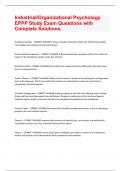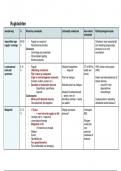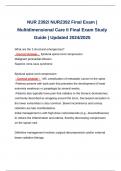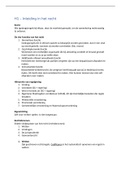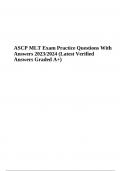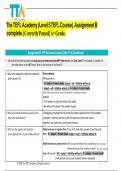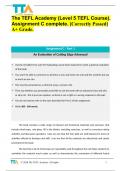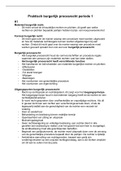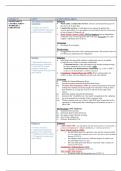Exam (elaborations)
Industrial/Organizational Psychology EPPP Study Exam Questions with Complete Solutions.
- Course
- Institution
Industrial/Organizational Psychology EPPP Study Exam Questions with Complete Solutions. Hawthorne Studies - CORRECT ANSWER A series of studies during the 1920s and 1930s that provided new insights into individual and group behavior Human Relations Approach - CORRECT ANSWER Todays predominan...
[Show more]
